


.png)
.png)
.png)


Welding automation is transforming manufacturing by slashing scrap costs—often by 30% or more—through precision and efficiency. At the heart of this revolution are welding automation execution systems, including robotic arms, manipulators, and rotators. Robotic welders, like 6-axis industrial robots, execute complex welds with pinpoint accuracy, while welding manipulators handle repetitive tasks flawlessly. Welding rotators and positioners, meanwhile, ensure workpieces are perfectly aligned, minimizing errors that lead to waste. These execution systems are the backbone of modern welding automation, driving consistency and profitability. In today’s competitive landscape, partnering with the right welding automation company can make all the difference. This guide highlights 10 must-know companies excelling in these technologies, helping you cut scrap and boost your bottom line.
This article explores how welding automation companies leverage advanced execution systems and more to reduce waste. We’ll define what makes these companies stand out, list the top 10 players, discuss key selection factors, address potential drawbacks, and offer actionable next steps—all tailored to help you save on scrap costs.
Welding automation companies design and manufacture solutions that streamline welding processes. Beyond execution systems like robots and rotators, they offer power sources, software, and monitoring tools for arc, laser, or submerged arc welding. These technologies reduce human error, enhance weld quality, and boost productivity—key to cutting scrap costs by ensuring every weld is precise and consistent.
Here’s our curated list of 10 must-know welding automation companies, each excelling in reducing scrap through precision, reliability, and innovation:

What They Offer: MISA (https://www.misamfg.com/) provides welding rotators, positioners, and manipulators designed for precision engineering. Based in Wuxi, China, with over 30 years of experience, MISA’s equipment ensures accurate alignment and rotation for complex welds.
How They Cut Scrap Costs: By minimizing misalignment and ensuring stable positioning, MISA’s solutions reduce defective welds, saving up to 30% in material waste.
Why They Stand Out: Affordable, customizable equipment with global export expertise.
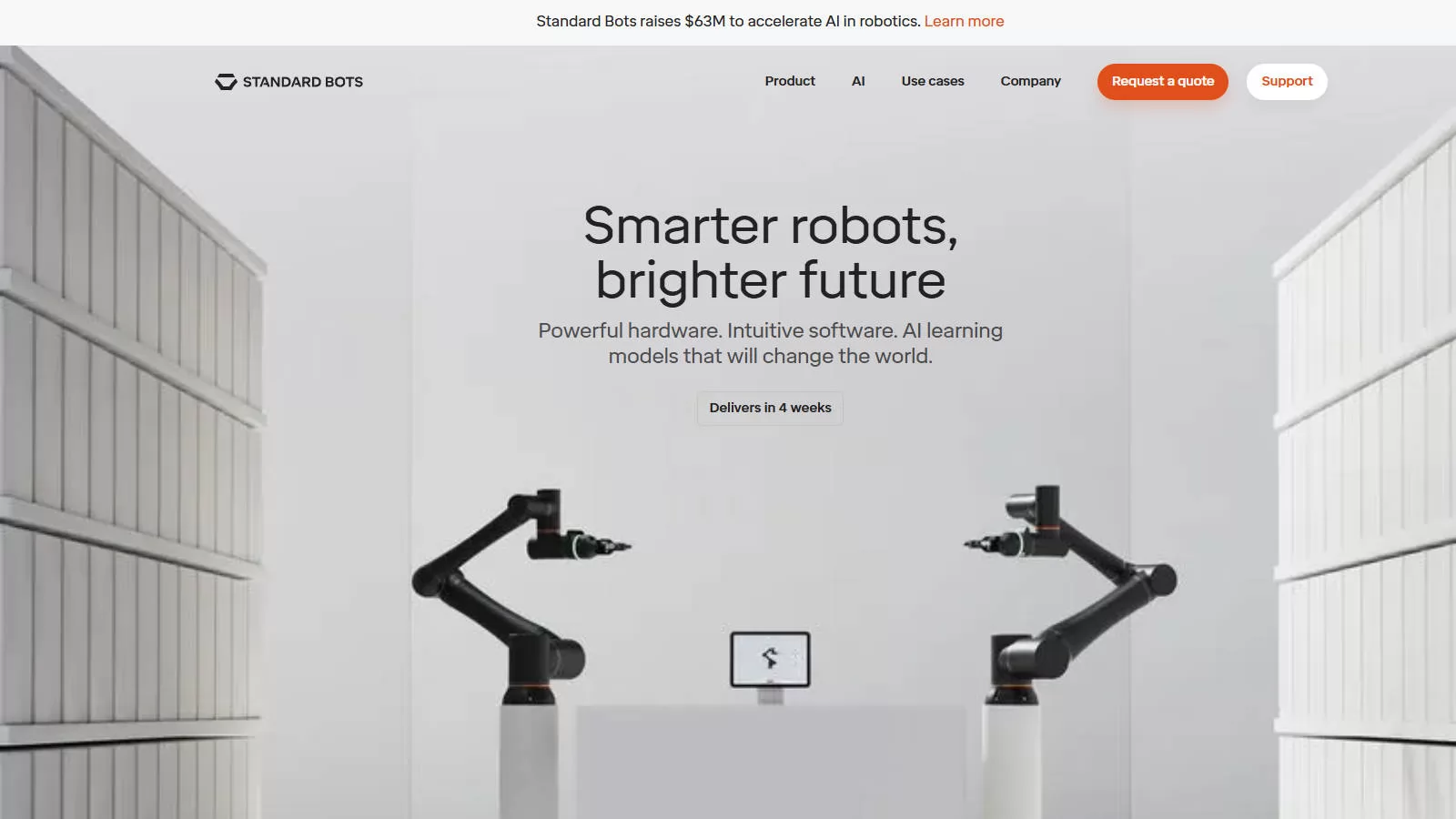
What They Offer: Standard Bots delivers the RO1 robot—6-axis, 18kg payload, AI-driven, starting at $37,000 or $5/hour to lease.
How They Cut Scrap Costs: AI-powered precision ensures consistent welds, reducing errors by adapting to varying conditions.
Why They Stand Out: No-code interface and a 30-day risk-free trial make automation accessible.
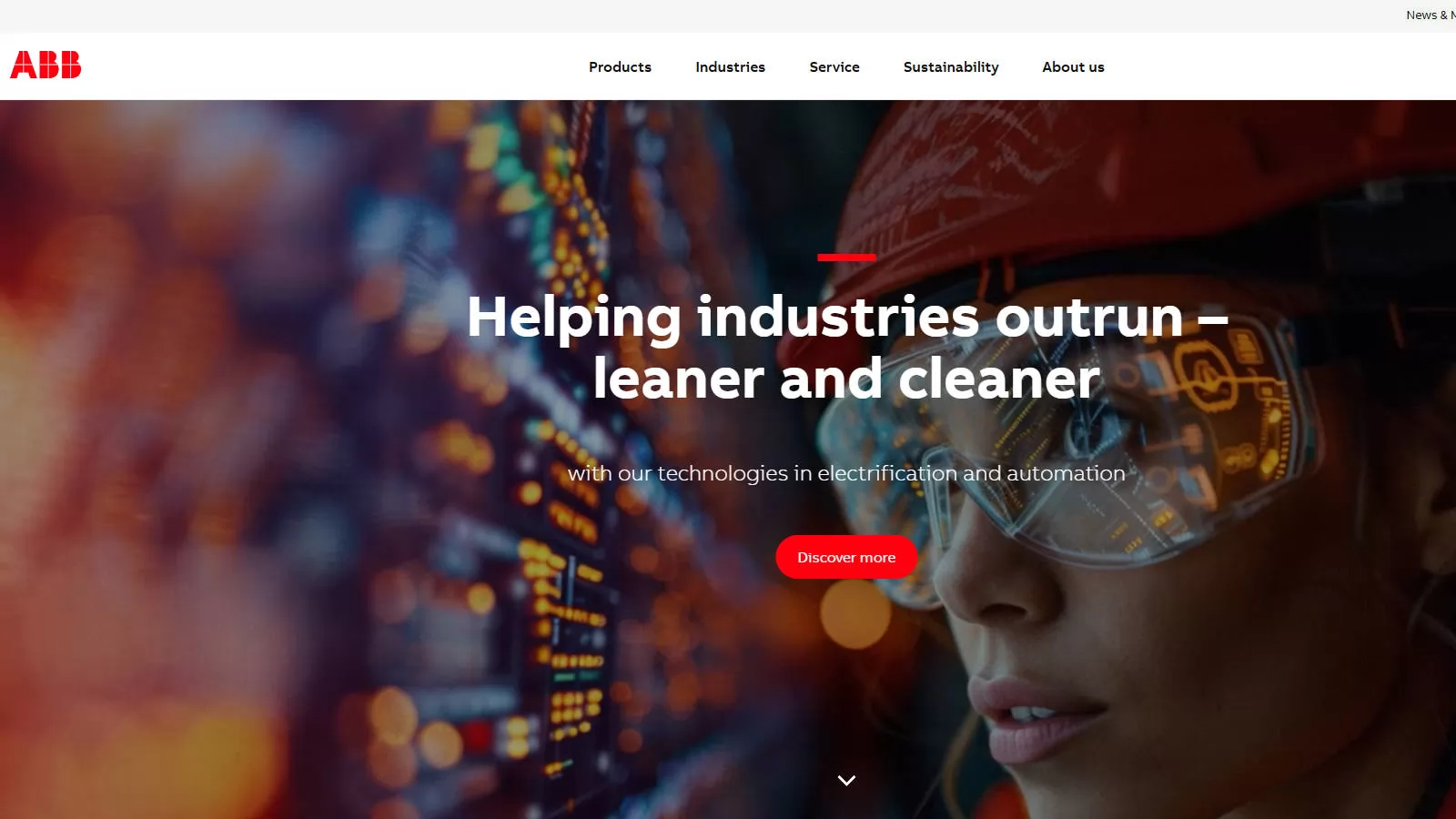
What They Offer: ABB’s IRB 1520ID excels in arc welding, while the IRB 2600 offers flexibility for diverse applications.
How They Cut Scrap Costs: High reliability and pinpoint accuracy minimize rework, cutting scrap by maintaining weld integrity.
Why They Stand Out: A global leader with robust support and versatile robotic systems.

What They Offer: The ARC Mate series is renowned for speed and precision in robotic welding.
How They Cut Scrap Costs: Fast cycle times and exact weld placement reduce over-welding and material waste.
Why They Stand Out: Industry-standard reliability with extensive customization options.
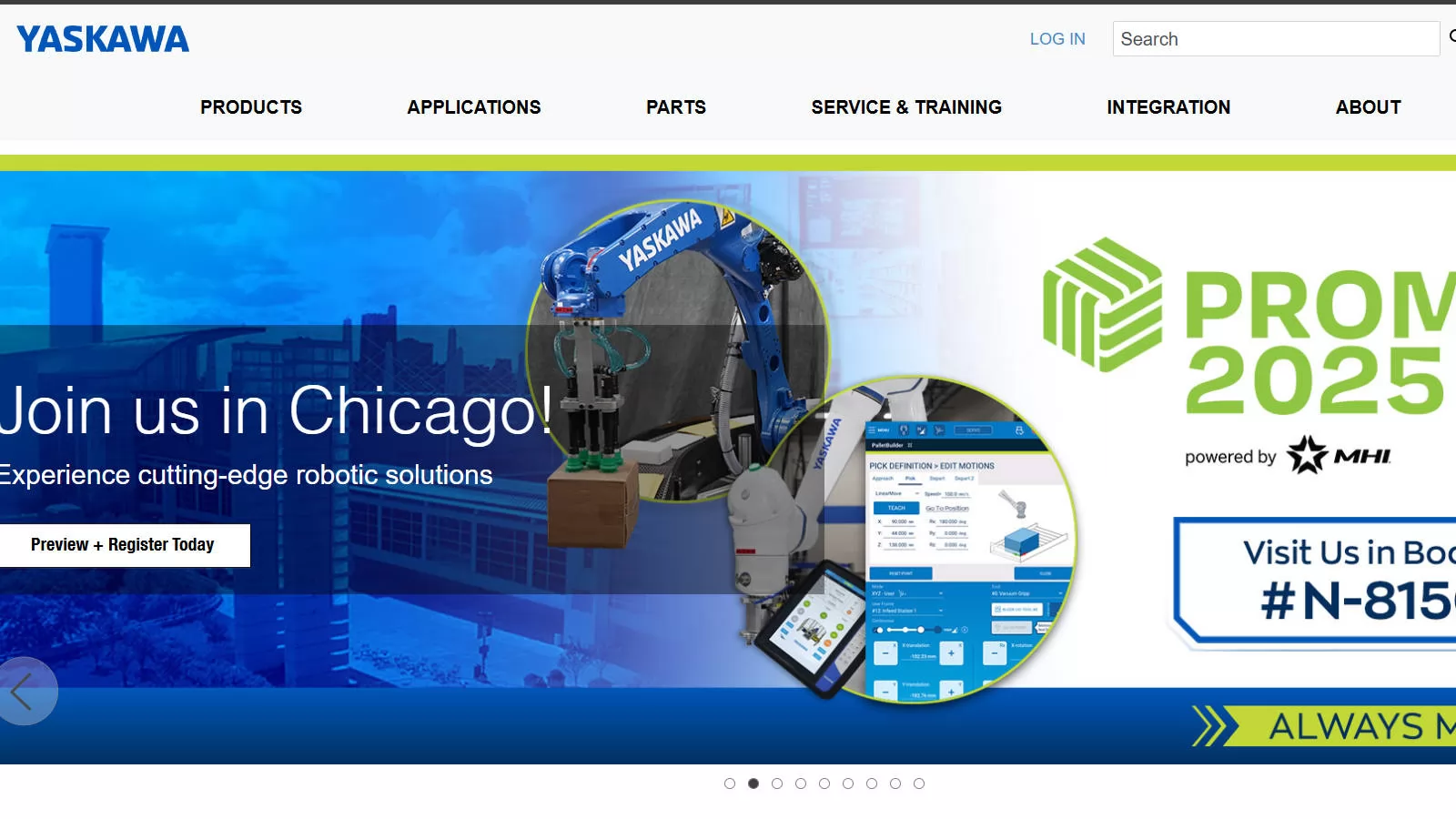
What They Offer: The MA1440 suits light and heavy tasks, while the MH50 handles high-power jobs.
How They Cut Scrap Costs: Versatile robots adapt to multiple weld types, reducing errors across applications.
Why They Stand Out: Broad range of models for small shops to large factories.

What They Offer: KR AGILUS offers precision for small parts, and KR QUANTEC handles large-scale projects.
How They Cut Scrap Costs: Superior accuracy ensures welds meet specs, minimizing costly rejects.
Why They Stand Out: German engineering with a focus on complex automation.

What They Offer: The Auto-Continuum™ 350 enhances MIG welding with advanced controls.
How They Cut Scrap Costs: Reduced spatter and precise energy delivery cut waste in high-volume production.
Why They Stand Out: Trusted for welding power sources and automation integration.
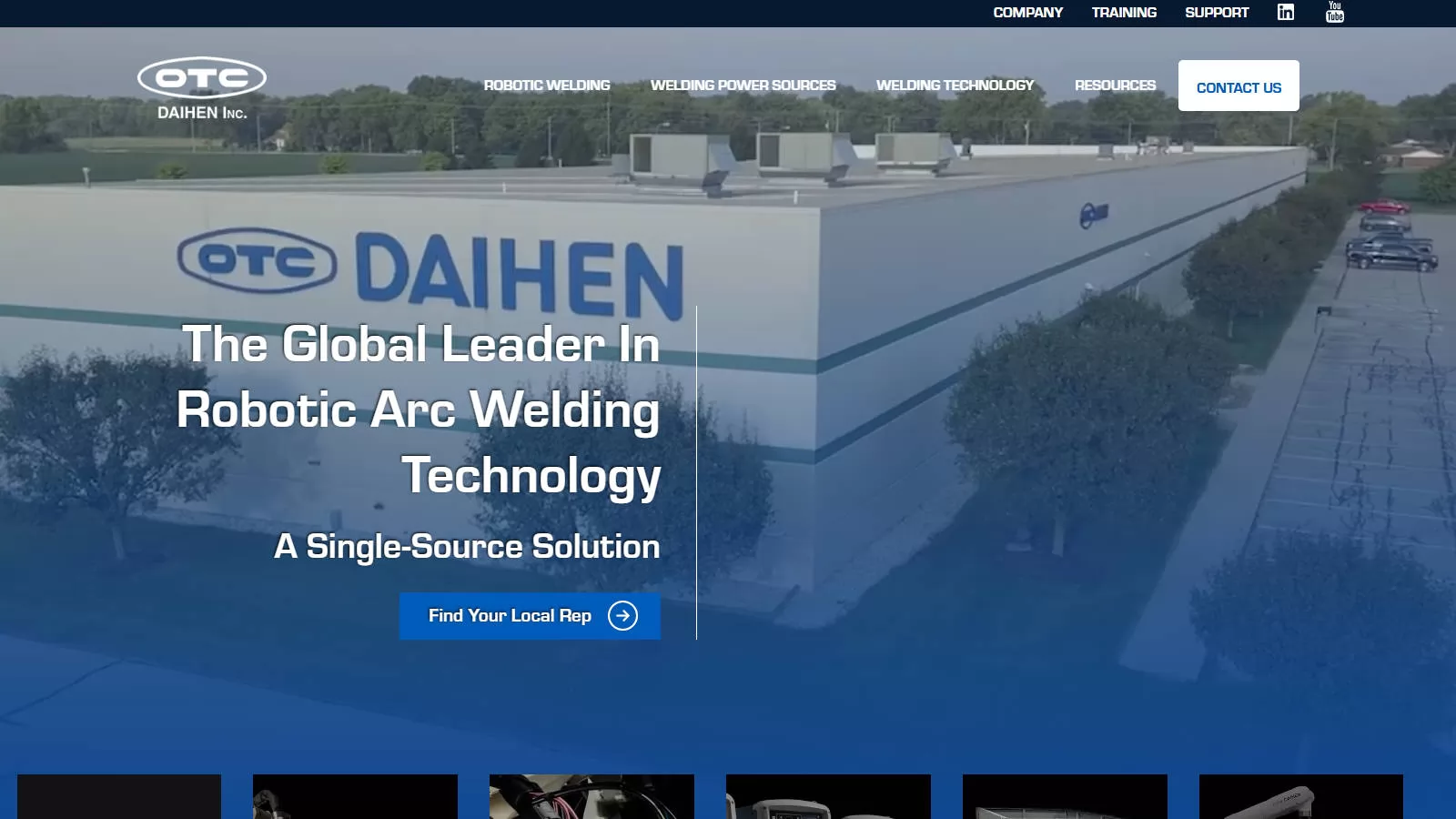
What They Offer: The FD-V8, a 6-axis robot, balances affordability and performance.
How They Cut Scrap Costs: Cost-effective precision reduces errors without breaking the budget.
Why They Stand Out: Japanese quality at a competitive price point.
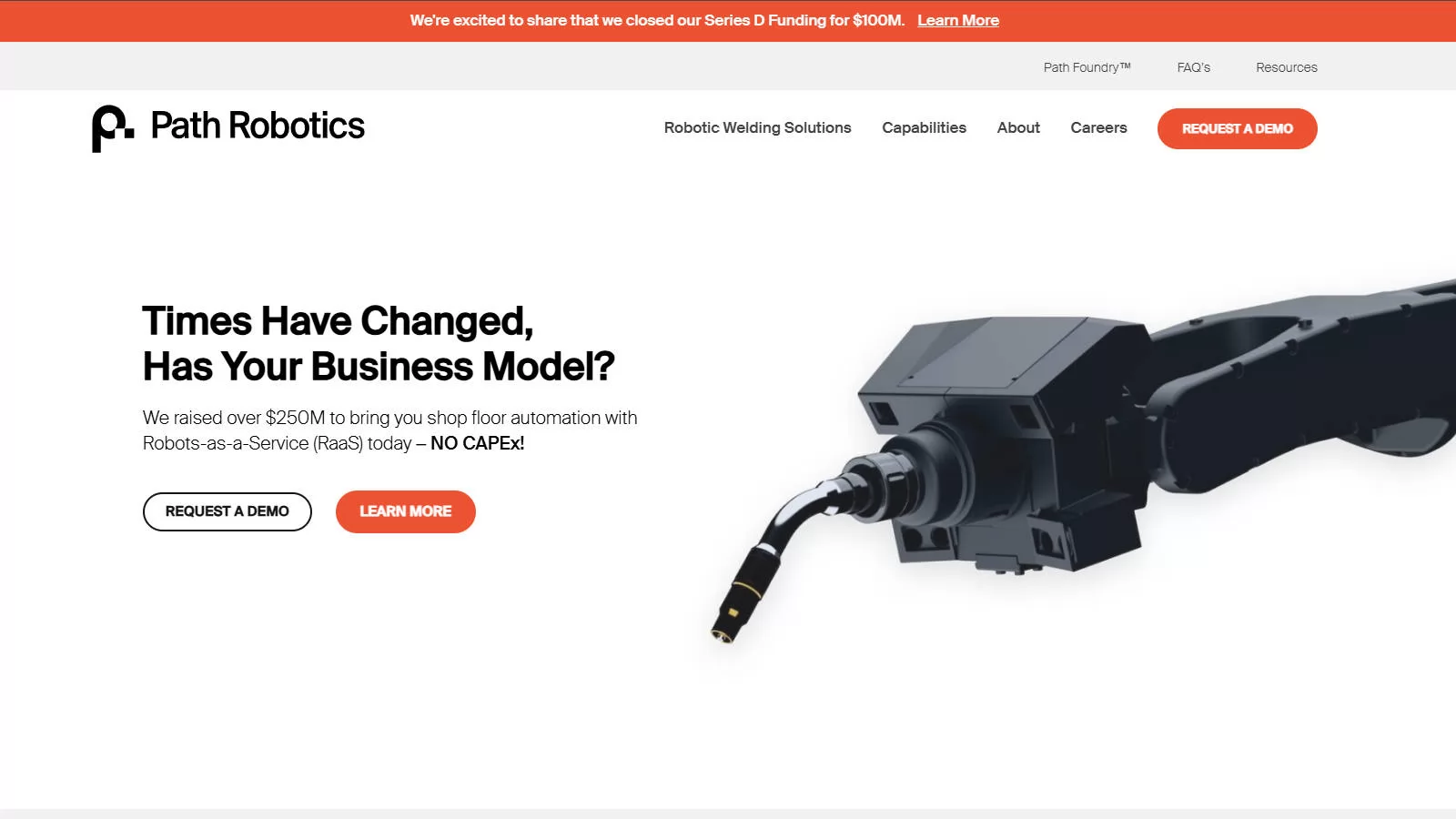
What They Offer: AI-driven welding robots learn and adapt to unique tasks.
How They Cut Scrap Costs: Self-optimizing systems eliminate rework by mastering complex welds.
Why They Stand Out: Cutting-edge AI sets them apart in adaptive automation.

What They Offer: Submerged arc welding systems and weld monitoring software for heavy industries.
How They Cut Scrap Costs: Real-time data improves quality control, catching issues before they become waste.
Why They Stand Out: Comprehensive solutions for large-scale fabrication.
Selecting the right partner can make or break your cost-saving goals. Here’s what to evaluate:
While transformative, automation isn’t flawless:
From MISA’s precision rotators to Path Robotics’ AI-driven robots, these 10 welding automation companies offer diverse execution systems to cut scrap costs by 30% or more. Whether you need affordability (OTC DAIHEN), versatility (Yaskawa), or innovation (Standard Bots), there’s a fit for every shop. The key? Match your needs to their strengths—precision, speed, and reliability—and watch waste shrink.
Ready to slash scrap costs and boost efficiency? Start with MISA (https://www.misamfg.com/) for high-quality, cost-effective welding automation solutions tailored to your production line. Explore their rotators and positioners today to see the difference precision makes.


